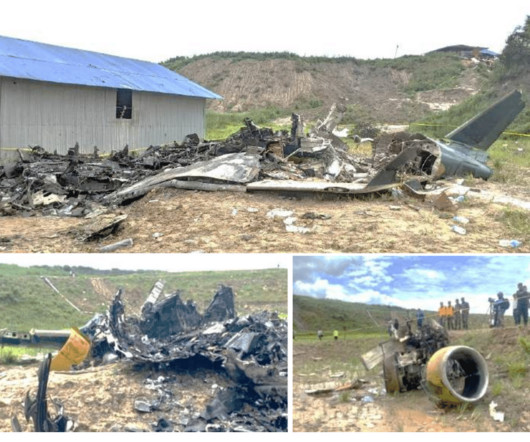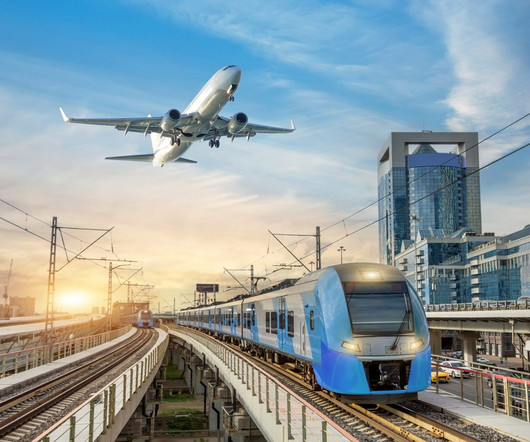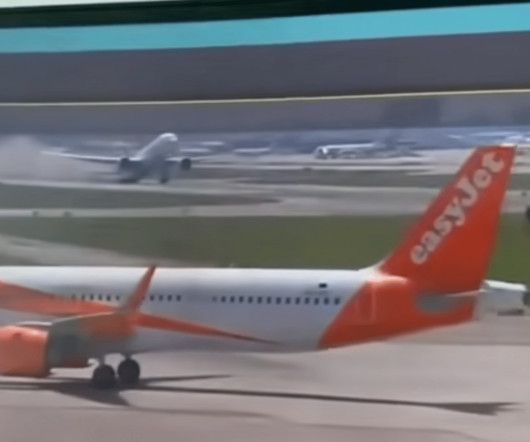CRJ 200 ferry flight crash with 19 on board at Kathmandu
Fear of Landing
JULY 25, 2025
The first officer would use the aircraft weight, along with the environmental conditions and the runway parameters, to determine the V-speeds for the flight and enter them into the flight management system. Air Traffic Control noticed the same thing, calling the crew to ask whether they needed their taxi to be delayed.











Let's personalize your content